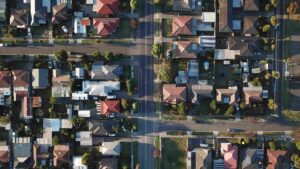
Drones have advanced significantly in recent years. Gone are the days when drones were strictly a military or specialized term. The drone industry in America alone is projected to be worth $ 13 billion by 2025. Like most technology, drones are becoming increasingly incorporated into the fabric of our lives.
The Benefits of Drones for Home Inspections
Drones, also known as crewless aerial vehicles (UAVs), have revolutionized various industries, and home inspection is no exception. Drones have gained popularity in recent years for their ability to provide efficient and detailed inspections of residential properties.
Introduction
Home inspections play a crucial role in the real estate industry. Drones help potential buyers and sellers assess the condition of a property and identify any underlying issues that may require attention. Traditionally, home inspections were conducted manually, with inspectors physically examining the property. However, with technological advancements, drones have emerged as a game-changer in home inspections.
What are Drones?
Drones are small, crewless aircraft that are operated remotely. Drones feature high-resolution cameras and sensors that enable the capture of aerial imagery and the collection of data. A trained operator controls these devices, maneuvering them through different spaces and capturing images and videos from various angles.
Rise of Drones in Home Inspection
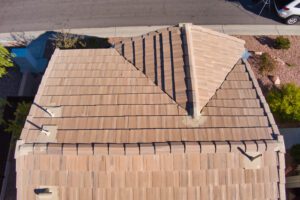
Drones have gained significant traction in the home inspection industry over the past few years. Their ability to capture high-definition aerial images and videos has revolutionized the inspection process. Instead of manually inspecting roofs, chimneys, and other hard-to-reach areas, inspectors can now use drones to capture detailed footage without the need for ladders or scaffolding.
Benefits of Drones for Home Inspection
Increased Safety
One of the primary benefits of using drones for home inspections is the increased safety they provide. Inspecting roofs, especially those with steep pitches or multiple stories, can be risky for inspectors. Drones eliminate the need for inspectors to physically climb onto roofs, reducing the risk of falls and accidents.
Cost-Effectiveness
Drones offer a cost-effective alternative to traditional home inspection methods. In the past, inspectors often needed to hire additional personnel or use specialized equipment such as cranes or cherry pickers to access certain areas. Drones eliminate the need for such expenses, making inspections more affordable for homeowners and potential buyers.
Enhanced Efficiency
Using drones significantly improves the efficiency of home inspections. Drones can capture images and videos of a property’s exterior and interior in a fraction of the time it would take for a human inspector to examine each area manually. This increased efficiency enables inspectors to complete inspections more quickly, resulting in faster client turnaround times.
Detailed and Accurate Inspections
The high-resolution cameras and drone sensors ensure detailed and accurate inspections. Inspectors can zoom in on specific areas of interest, capturing images and videos that reveal even the most minor defects or damages. This level of precision enables clients to make informed decisions based on the property’s condition.
Access to Hard-to-Reach Areas
Drones can easily access difficult or unsafe areas that are inaccessible to human inspectors. For example, inspecting the top of a tall chimney or the roof of a multi-story building can be challenging without specialized equipment. Drones can fly above these structures, capturing clear visuals and providing a comprehensive assessment of the property. A drone is used for inspecting solar panels.
Time-Saving
Drones offer a significant advantage to inspectors and clients by reducing the time required for inspections. Inspections that used to take hours or even days can now be completed in a fraction of the time. This time-saving aspect is particularly beneficial in real estate transactions, where efficiency is critical.
Challenges and Limitations
Regulatory Restrictions
Using drones for commercial purposes, including home inspections, is subject to regulations imposed by aviation authorities. These regulations may vary depending on the country or region; compliance is essential to ensure legal and safe operations. Inspectors and operators must familiarize themselves with the relevant laws and obtain the necessary permits or licenses.
Weather Conditions
Unfavorable weather conditions, such as strong winds, rain, or fog, can hinder the operation of drones. High winds can make it challenging to maintain stability and control, while rain and fog can obscure visibility. Inspections may need to be rescheduled or postponed in such situations, which can impact timelines and result in delays.
Skill and Training Requirements
Operating drones for home inspections requires specific skills and training. Inspectors must undergo training programs to obtain the necessary certifications and learn how to maneuver drones effectively. Additionally, they need to be proficient in interpreting aerial imagery and understanding the technical aspects of drone operations.
Future Prospects
The future of drones in home inspections looks promising. As technology advances, drones will likely become more sophisticated and capable of performing advanced tasks. We can expect improvements in areas such as battery life, flight stability, and image quality, which will further enhance the efficiency and accuracy of home inspections. Drones are used for roof inspection.
Conclusion
Drones have revolutionized the home inspection landscape, offering numerous benefits to both inspectors and clients. They provide increased safety, cost-effectiveness, enhanced efficiency, and detailed assessments. While there are challenges to overcome, the prospects for drones in the home inspection industry are exciting. As technology evolves, drones will continue revolutionizing how we assess and evaluate residential properties.
Find Your Las Vegas Drone Pilot
While these days almost anyone can own or pilot a drone, why risk something as important as your home inspection to just anyone? For a comprehensive home or roof inspection, contact the FAA-approved experts at Sky View Las Vegas. Our quick, insured, and efficient pilots are leaders in aerial photography and can meet all your home or business inspection needs.

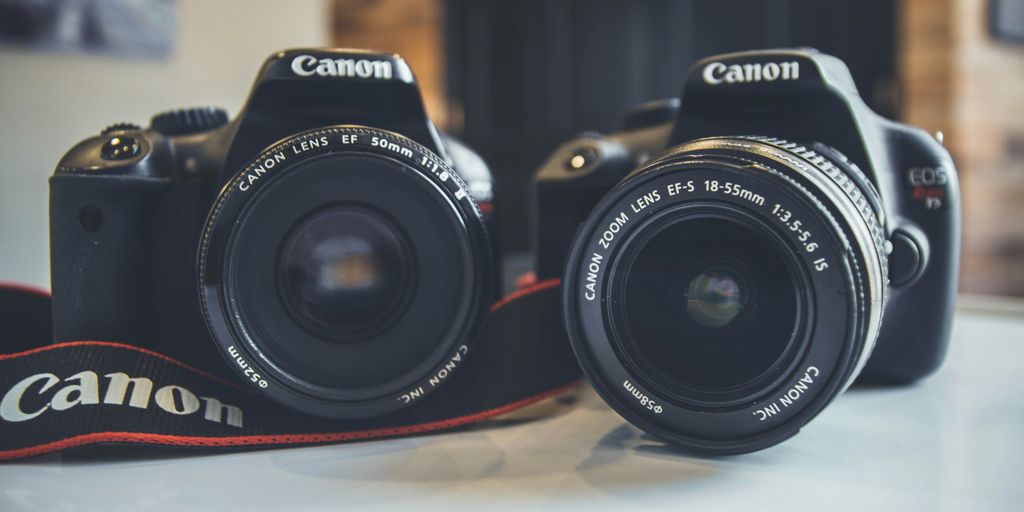
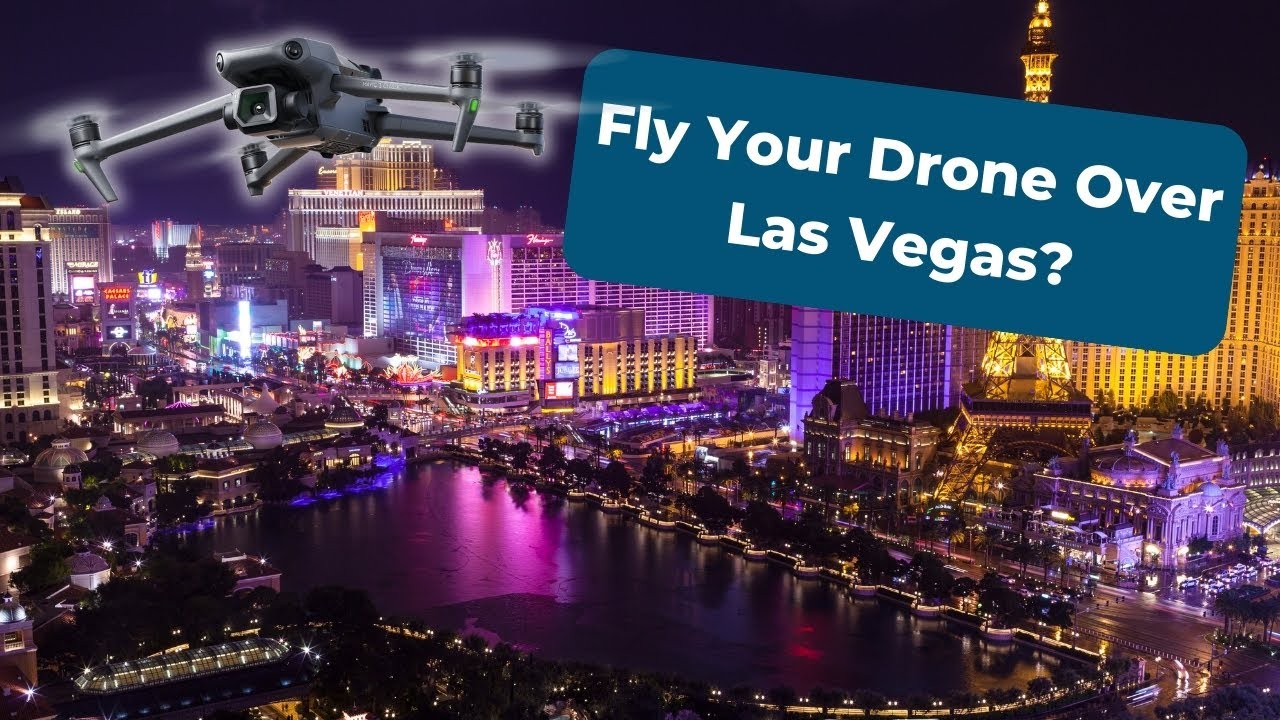
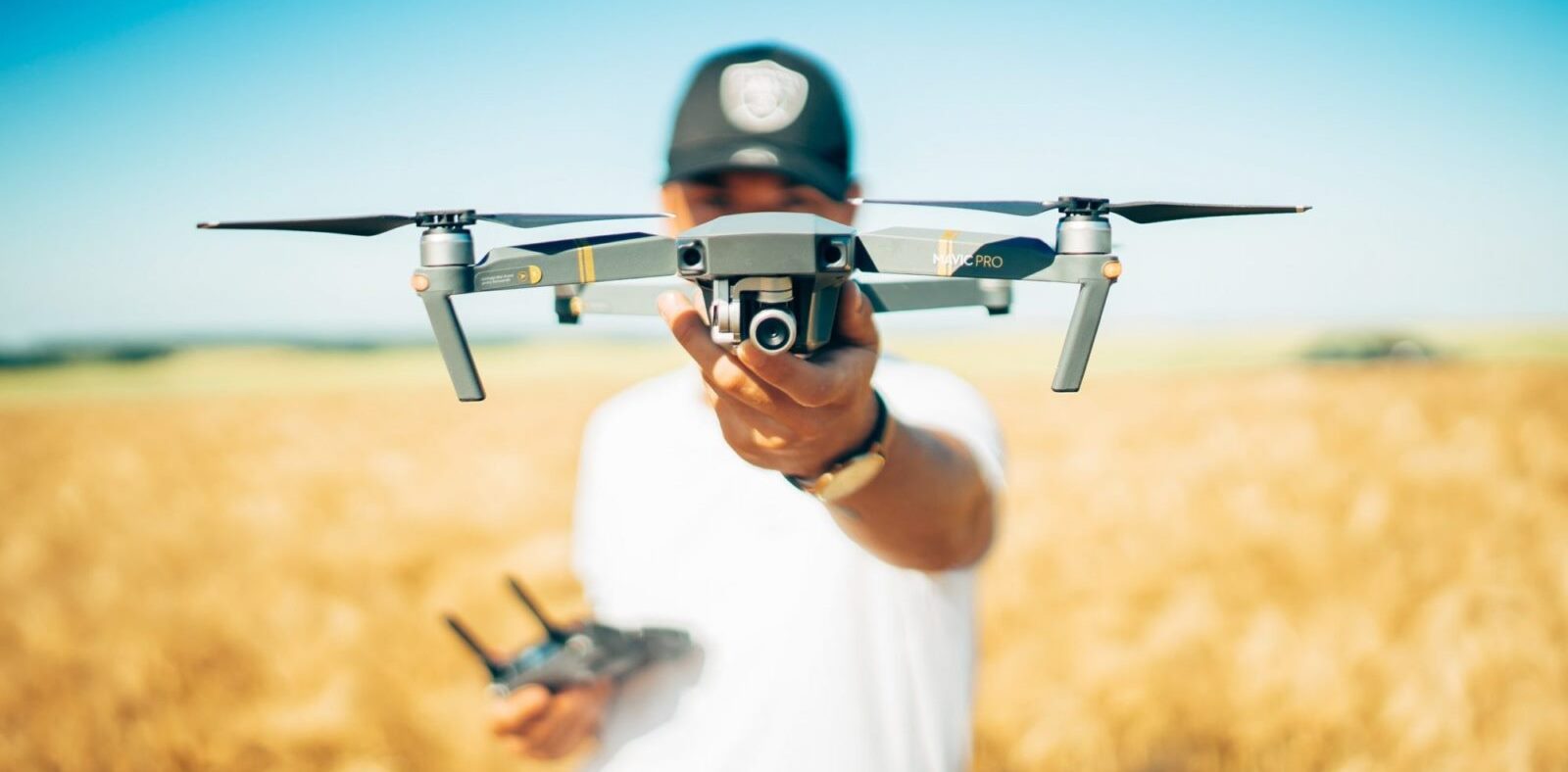

Comments are closed.